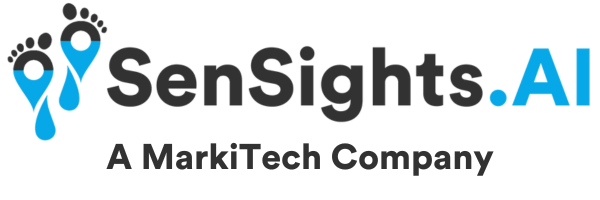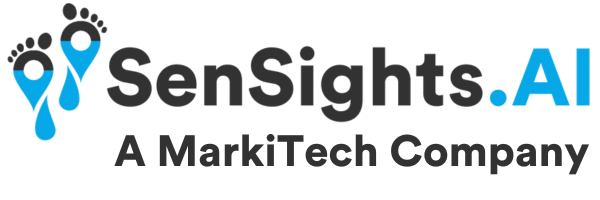Image Credit: Canva
Doctors have a tough job as healthcare professionals that demands them to work long hours, often under intense pressure. Administrative tasks, research, and ongoing education all compete for their time in addition to visiting patients. We will look at how doctors use their time, the issues they encounter, and the potential influence on patient care in this post.
Doctors’ Time Requirements
Doctors sometimes work long hours and have irregular schedules, making it difficult to reconcile work and family life. While patients are undoubtedly a top priority, doctors must also attend to a variety of other responsibilities. Doctors have a lot on their plates, from administrative duties to research and ongoing education.
Administrative Duties
Administrative responsibilities are one of the most time-consuming tasks for doctors. Filling out forms, documenting patient visits, and monitoring electronic medical records (EMRs) are all examples. While these tasks are necessary for patient care and billing, they can be time-consuming and divert attention away from patients.
Patient Visits
Seeing patients is at the heart of a doctor’s job, and it takes time. Doctors must listen to their patients’ concerns, examine them, and devise a treatment plan. Multiple visits may be required in some cases, increasing the time requirements.
Continuing Education and Research
Medical research is always evolving, and doctors must stay current on the most recent findings in order to give the best possible treatment to their patients. For doctors to stay current, continuing education classes, conferences, and medical journals are all essential resources. Attending these activities, however, can cut into time spent with patients.
Time Limits and Patient Care
Doctors’ time constraints can have a substantial impact on patient care. Overworked and exhausted doctors may not have the time or energy to offer the degree of care that patients require. Furthermore, time constraints can result in rushed appointments, which can lead to misdiagnosis or missed diagnoses.
Time Management Techniques for Patients
Despite the numerous demands on their time, doctors can employ tactics to maximize their time spent with patients. Delegating administrative chores to support personnel is one such method that allows doctors to focus on patient care. Doctors can also employ technology to automate administrative work, such as using speech recognition software to document patient visits.
Conclusion
Time Management Is Critical for Doctors and Patients
Finally, doctors have many demands on their time, ranging from administrative duties to research and continuing education. These obligations may reduce time spent with patients, thereby affecting patient care. Doctors, on the other hand, can maximize the time they spend with patients and give the best possible treatment by employing time management tactics. Finally, both doctors and patients require efficient time management.
SenSights Software
SenSights is a Remote Patient Monitoring and Ageing Solution that aids seniors and healthcare facilities that work with elders who have chronic disorders such as dementia, Alzheimer’s, high blood pressure, falls, COPD, long COVID, and others.
The solution assists at-risk providers, skilled nursing facilities, long-term living communities, home health care providers, and other senior care entities in increasing their capacity by supplementing physical visits with virtual care, preventing wandering and fall episodes, and providing proactive monitoring, risk profiles, and smart alerts via our SenSights Care app.
Clear MD is one of our innovative technologies that helps doctors and patients by summarizing conversations and giving thorough notes and reports. This saves doctors time and effort, allowing them to free up resources and provide a greater level of treatment.
Contact us HERE to learn more about SenSight.Ai and Clear MD!


